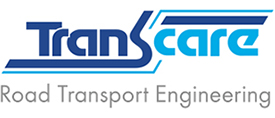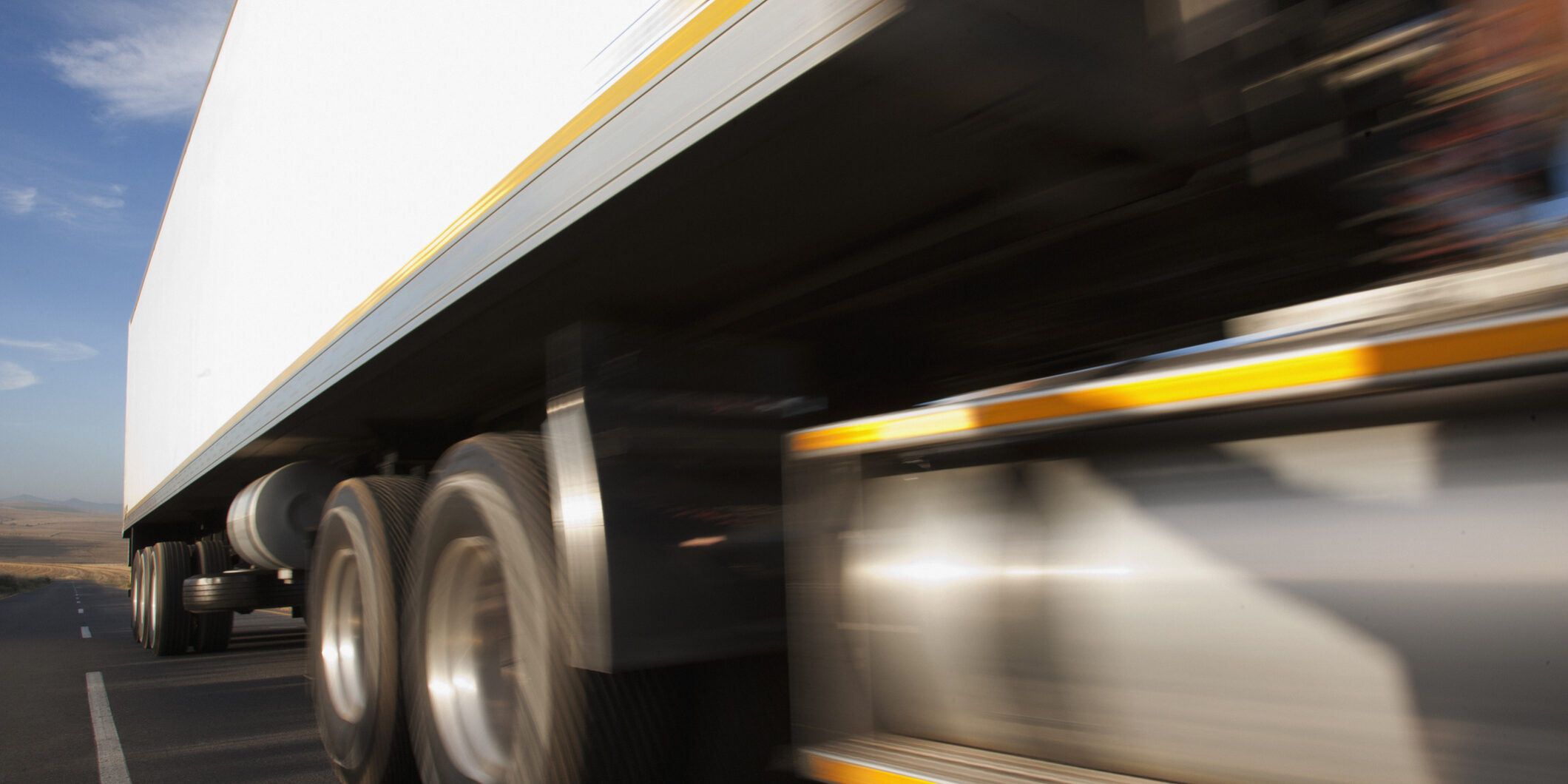Tail lifts are mechanical devices permanently installed on the rear of a work truck, van or lorry used to lift heavy goods and materials. It is important to seek tail lift maintenance when required to avoid any issues and ensure your fleet is not impacted by broken equipment. Truck loading equipment requires a high level of safety so it’s important to check your tail lift is properly maintained.
Here’s how to keep your tail lift in great condition.
Inspect your tail lift regularly
The first thing you need to do is check that your tail lift looks right. Regular inspections are the first way you can catch any damage or disrepair before it becomes a problem. Look for any wear or damage such as cracks, broken metal, loose bolts or any broken or bent parts. If anything looks irregular, speak to your local tail lift servicing garage. They will be able to quickly repair any broken parts and ensure the tail lift is still safe to use.
Keep your tail lift clean
Next on the agenda is to keep your tail lift clean. Keeping trucks clean is not just for the aesthetics, it also helps increase the longevity of your vehicle, right down to the tail lift. Any dust or debris can build up and cause it to malfunction. By keeping a regular cleaning schedule, you can ensure you can avoid any further tail lift maintenance.
Lubricate your tail lift
Just like any moving mechanical parts, tail lifts need to be lubricated. Find quality hydraulic lubricant specific to tail lifts to keep your tail lift in good working order. This will help prevent them from seizing up or sticking.
Operate your tail lift correctly
Anyone using the tail lift needs to be properly trained on how to use the right. Misuse can lead to damage, which can be costly. By making sure everyone uses the tail lift according to the user manual, you can ensure they last much longer.
Are you in need of tail lift servicing? Get in touch with Transcare today. We cover a range of fleet management services including tail lift maintenance and other services for truck-loading equipment and double-decker trailers.








